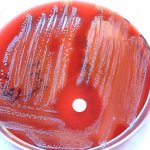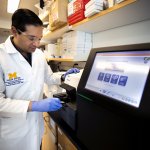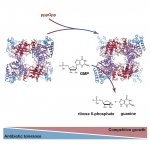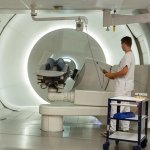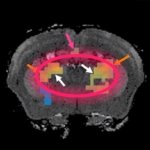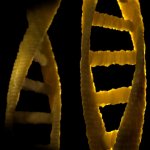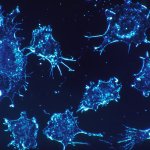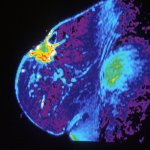
News • Oestrogen-receptor positive, HER2-negative
Test determines most effective treatment for breast cancer
A breast cancer test has been found that helps doctors make treatment decisions for some breast cancer patients, following research carried out at Queen Mary University of London and funded by Cancer Research UK. The test was successful in predicting whether chemotherapy would be beneficial for patients with the most common type of breast cancer (oestrogen-receptor positive, HER2-negative),…



